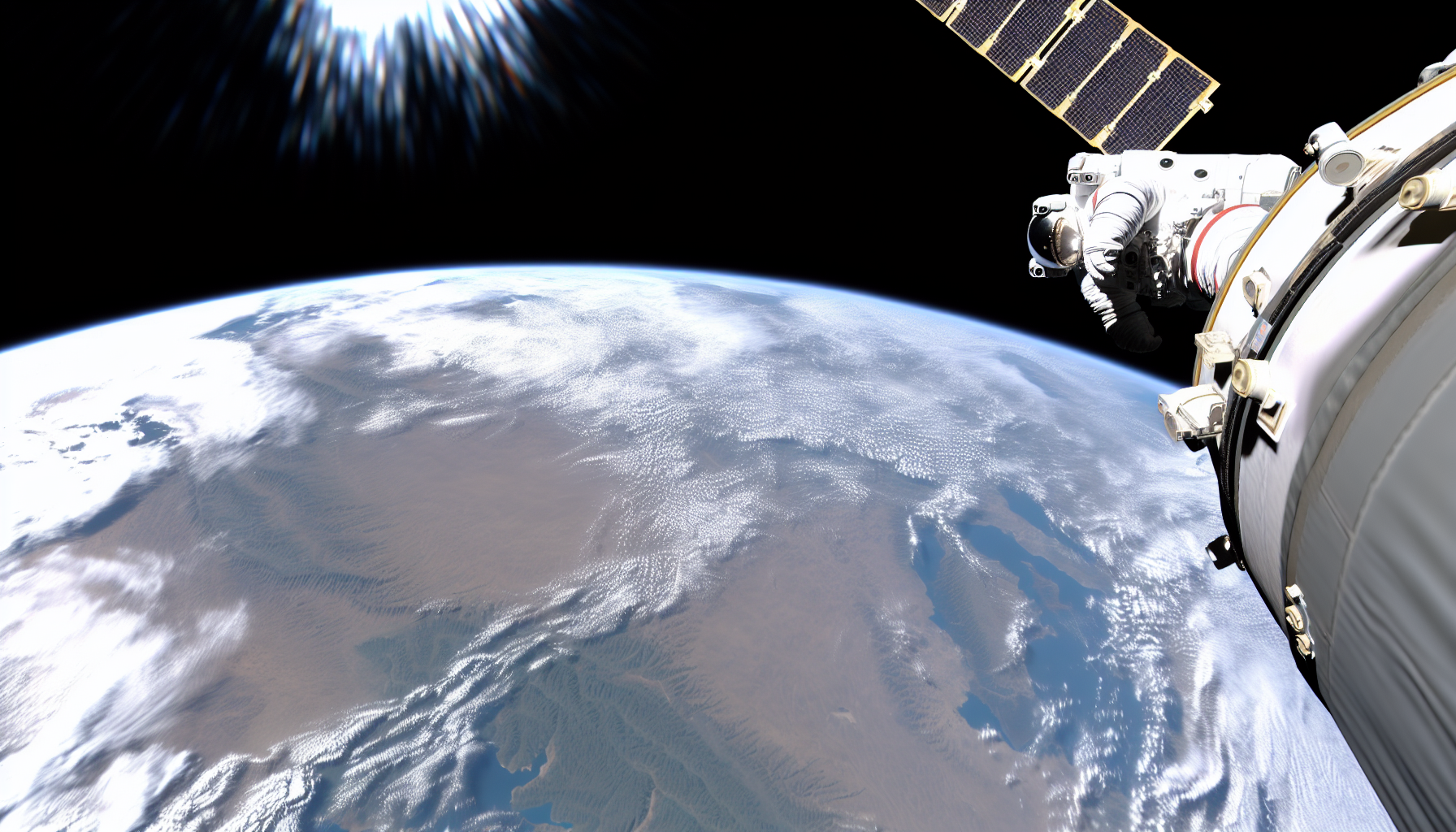Photographing the same volcano, island, or city from Earth and space is more than aesthetic—Earth photography is a numbers game of motion, optics, and timing. Astronauts streak around the planet at 17,500 mph, forcing handheld exposures to stay near 0.25–0.5 seconds to avoid blur. [1] Each 90-minute orbit offers roughly 60 minutes of daylight and 30 minutes of darkness, so timing is as critical as technique. [5] From ~360 km up, the ISS horizon reaches about 2,300 km, a vantage impossible on the ground where 0.8″ atmospheric seeing can smear fine detail. [3][2]
Key Takeaways
– Shows orbital speed near 17,500 mph compels handheld exposures around 0.25–0.5 seconds to keep stars and city lights from streaking. – Reveals a 90-minute orbit splits roughly 60 minutes daylight and 30 minutes darkness, dictating when targets can be illuminated or city-lit. – Demonstrates ISS altitude near 360 km yields a horizon about 2,300 km away, enabling sweeping context shots unavailable to ground observers. – Indicates 0.8 arcsecond ground seeing blurs detail that space telescopes avoid
Image generated by DALL-E 3











Leave a Reply